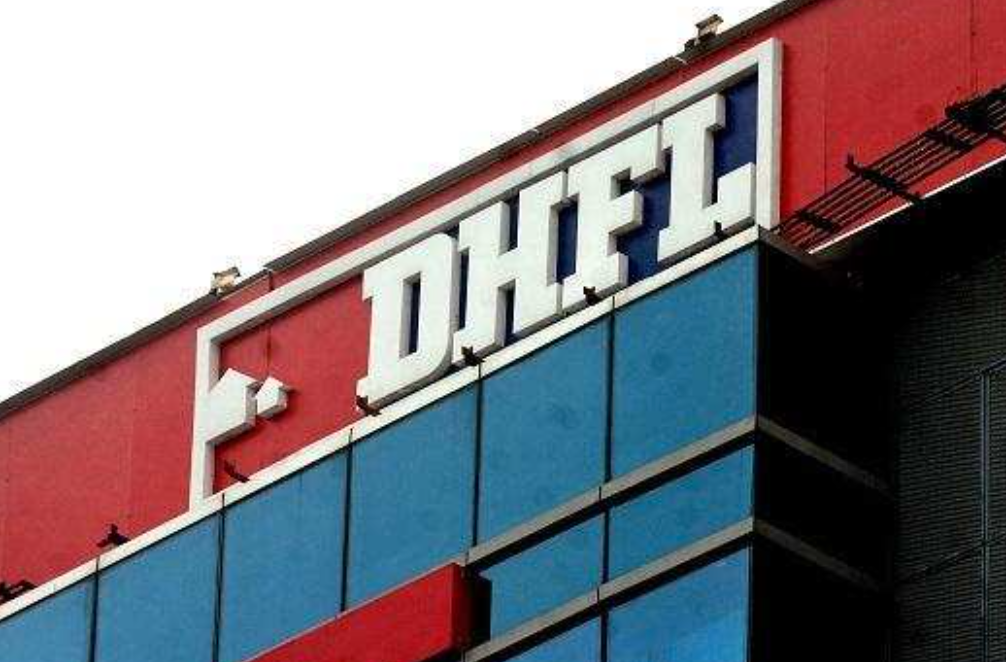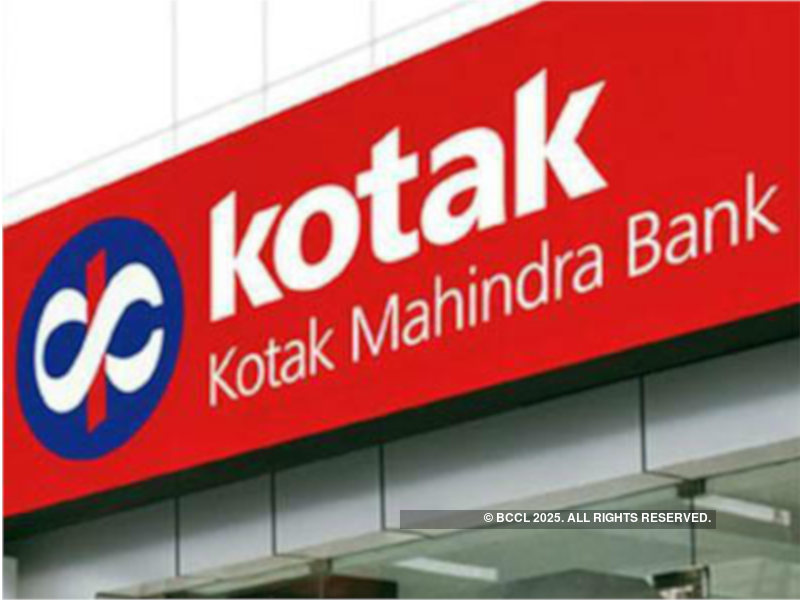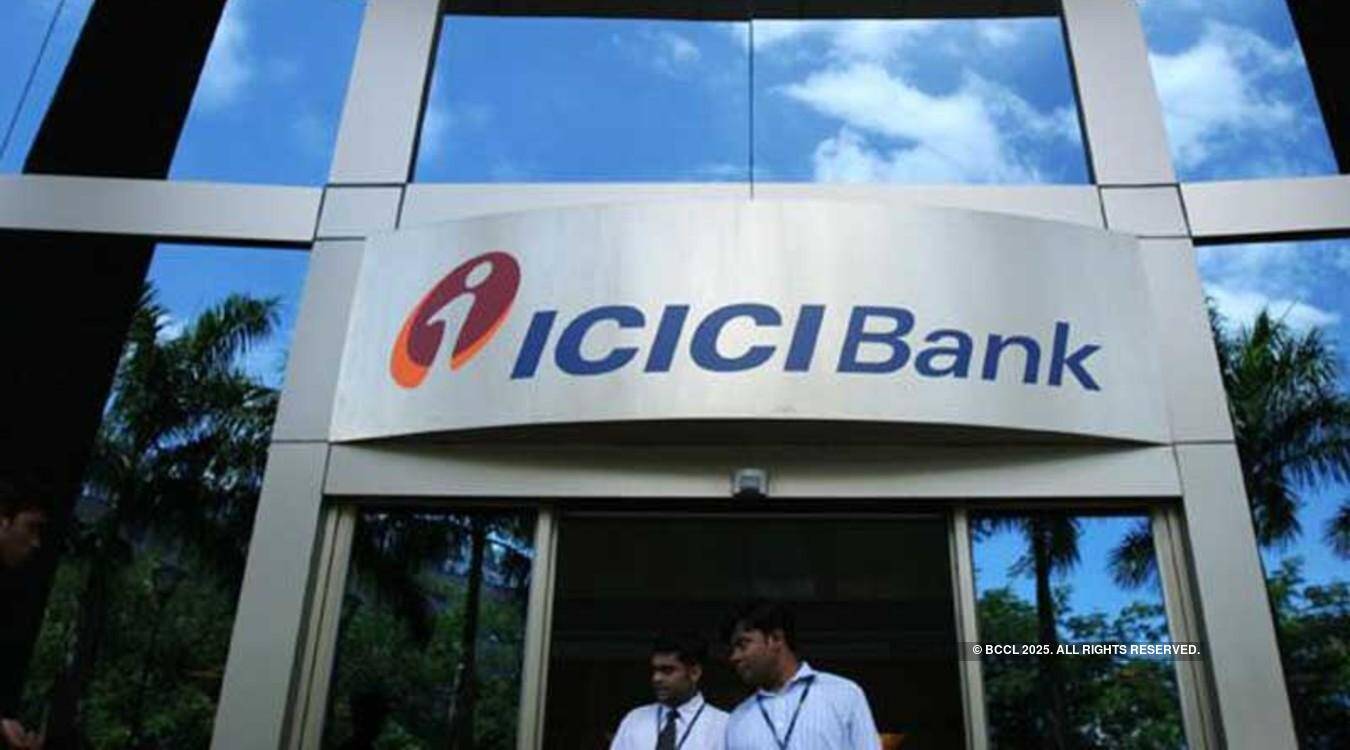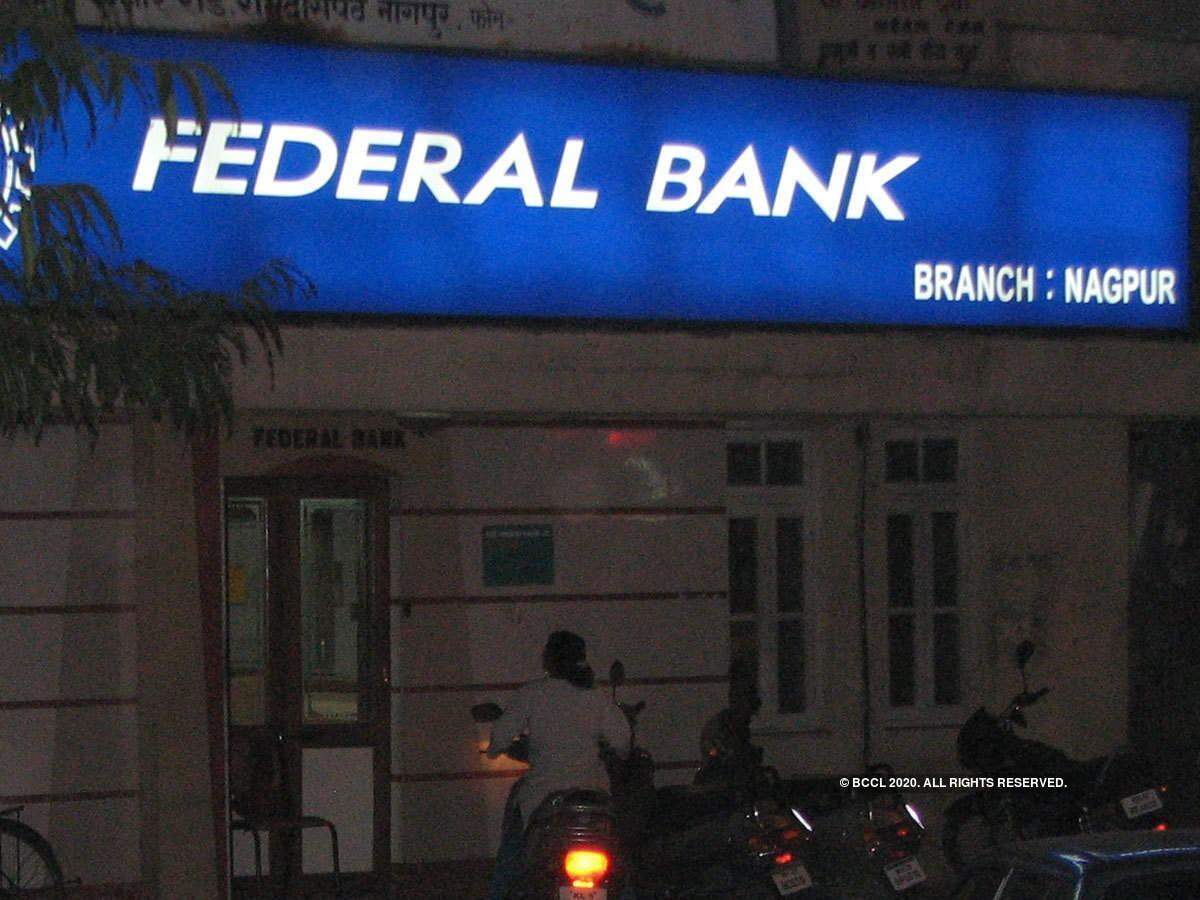Economic activity started to come back after the second week of June with more vaccinations and opening up of India, says Dinesh Khara, Chairman, SBI. He is of the opinion that inflation is transient in nature due to supply side constraints. Edited excerpts.
Now, that the second wave is almost over– what is your assessment, how large, how deep has been the impact of the second wave on the economy?
My sense is that post second week of June onwards, we are certainly seeing the economic activity coming back, but yes, of course, from middle of April till mid of June things were pretty bad. I would say that the silver lining is that from 16th onwards, things have started looking up and we have seen the situation where unlock has started happening and also the vaccination numbers have started going up. So, that is slowly helping in people to regain the confidence and the economy to recover back. To that extent, it is certainly a very welcome situation.
Has the economic activity gone back to March 2021, not March 2020, I am talking about the time when the first wave had finished and the second wave had not started which is May and April 2021?
In certain areas, yes, but may not be in all areas, for instance, when it comes to the commodity sector, certainly it is moving and there we are very much near to what it was in March 2021 or may be from January to March 2021. When it comes to the consumer demand it is inching towards that, not yet at that level but yes, of course, it is inching. I would say that every subsequent day when the vaccine numbers are improving the confidence is going up. We are inching towards that kind of a normalcy.
In terms of the impact of the second wave, what was the preparedness of SBI?
Well, there was a huge difference particularly during the period of the first wave, it was more like a whole lot of uncertainty which people were grappling with. Well, of course, when the second wave came, it is also attributed to the fact that some of the citizens had lowered their guards and probably partly because of the Covid fatigue also- they were not taking all the precautions, but the redeeming feature is that the vaccine is available during the second wave and people have started getting vaccinated. So, I would say that though the intensity of the second wave was very high but the only thing is that as the vaccine is available and it is now being done at a much faster pace to that extent it has helped people to recover as far as their fear psychosis is concerned.
Are you now concerned about inflation, for the moment we can use the word supply side constraints, but with commodity prices coming back and demand also normalising, could inflation be a real concern?
To my mind, inflation is essentially on account of the supply side factors which is partly attributed to the imbalance in the supply chain side of the corporates. So, I think with the unlock happening, the supply chain imbalance will get addressed and perhaps it will address the supply side challenges also which will certainly help in reducing the inflation. That is how I look at it.
Now, everyone is curious to understand the real impact on NPAs for SBI because of the second wave. First wave moratorium was there but this time around at least on the retail side there is no moratorium. What is your understanding on how this second wave could have impact on NPAs?
Well, of course, some kind of a temporary disruptions were there because the cash flows for the SMEs were certainly affected. But, I would say that the timely announcement of the resolution framework by the RBI, by coming out with the resolution framework for up to 50 crore worth of exposure for SME that has come very handy and it has helped in extending the repayment period and giving the required relief to the SME sector. As far as the housing loans were concerned, there also people are in a position to avail the resolution framework and also have the relief. So, I would say that moratorium may not be there but yes, of course, relief was extended by RBI for resolution, so that has come very handy.
Where do you see credit growth will settle because historically, you have always managed to grow at a credit growth rate which is about a percent, percent-and-a-half higher than the industry?
I would get guided by the projections given by RBI which are indicating some kind of a 7.9% kind of growth and we have generally seen in the past that we have been growing at least 1% over and above what the RBI expect the GDP to grow or maybe for that matter the actual growth of the GDP in the economy. So, if at all the economy grows at about 8%, we expect to grow our loan book at about 9%.
So, when do you see growth coming back both for term loans and for working capital because they are important components to understand which end of the economy is picking up?
I think it would be universally distributed.
What about the retail end of the business? SBI has a very large retail book, given that the number of people affected in the second wave was very large, do you think that end of the business could slow down significantly?
If at all the early indications which I have about the first quarter, it may not be probably as strong for the retail as it was in the last quarter of the previous financial year. So, that is partly attributed to the fact that there was whole lot of challenges of health and hygiene for people and naturally at that point of time, they might not have thought in terms of scaling up their demand for the retail. Going forward, once the economy comes back and once the jobs also restored, perhaps a shortfall which was there in the first quarter would be made up this.
Can I say that for the moment SBI is not worried about delinquencies in the retail book?
Whatever little stress we are seeing, that should be possible for us to pull back because we have seen— for out of 90 days about 60 days was the time when there was no mobility for people, so reaching out to the borrowers was always a challenge. So, I think after 16th of June the mobility has improved and our pace of pulling back any such assets has also improved significantly. As of now, it does not look to be as much of a challenge.
SBI NPAs or NPA cycle is at a five-year low. Can I also say that the second wave is unlikely to change the trajectory because the trajectory has been declining, will the trajectory go slightly off the mark because of the second wave?
As I invariably say, that as far as SBI is concerned, it is proxy to the Indian economy and the shape of Indian economy, the health of Indian economy eventually shows up in the book also. But we do have the capability to manage the book to some extent and that I think we will be ensuring, we will continue to do our bit in terms of ensuring that the asset quality is maintained to be the best in the given situations and circumstances.
In the last three, four years SBI has really unlocked their subsidiaries, it was SBI Life, then last it was SBI Cards. In FY22 will SBI MF go public?
No, it is a joint venture between a French partner Amundi. We are in touch with them and we have to have a unanimous decision on this subject and once we will come to a stage where we would be in a position to announce, we would be more than happy to share that with all of you.
Paytm is planning to go public and their valuations could be anywhere between 20 to 22 billion dollars. Are you somewhere tempted to take Yono public?
I believe that even if we go for any kind of an IPO or any kind of a listing, my objective would be that since the entity would have the SBI names attached to it, the stakeholders should have long term value coming out of it. So, I think temptation is certainly not there and our intention is always to create value for our stakeholders.
SBI has managed to in a sense stand apart in the Covid environment where a lot of banks were struggling with technology, you have managed to keep your technology backbone very solid. That is very impressive, how did you achieve it?
I would attribute it to the urge of the team to achieve the excellence and I think this is something which is more like a value nurtured into the cadre over the years, so eventually that shows up into this kind of a performance.
Would SBI Cards be open to any inorganic acquisition because the Citi Wealth Management and the credit card business is on the block, would you be interested in buying that?
I think when it comes to the question of acquisition, the pricing always matters, so all such decisions have to weigh the pricing and also the opportunity. This will be the guiding factor for any such decision.
There are two interesting trends we spoke about fintech and the other one is consolidation in the PSU banking space, what are your thoughts on both? Fintech is disruptive and the way PSU banking industry is consolidating also could be disruptive and very favourable for large players?In fact, fintechs are as of now operating in a very niche segment, so they are not into a full scale banking operation. To that extent, I would say that it offers an opportunity for the full scale bank like us to collaborate. We are quite open and we are very happy to look at their ideas and incorporate their thoughts and we value whatever incremental value creation they are doing by virtue of having a focus on the customer experience and also a focus leveraging analytics etc. We are happy to incorporate all those into our system and wherever required we are quite happy to collaborate with these fintechs also.
Yes, consolidation is happening and perhaps if I really look at it we continue to have a deposit market share which is around 23% and our loan book market share is somewhere around 20% plus. So, that way I think we feel that we are quite well placed. But having said that, we are quite cognisant of the opportunities which are available and we would like to scale up our market share even further by leveraging technology, analytics and by collaborating with the fintechs.



